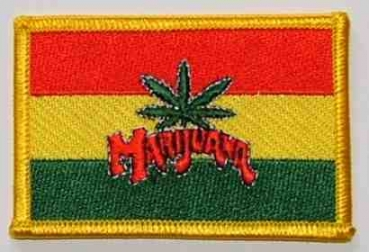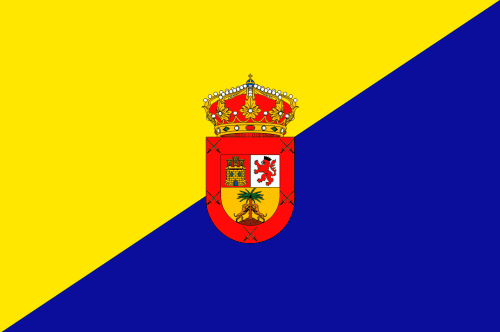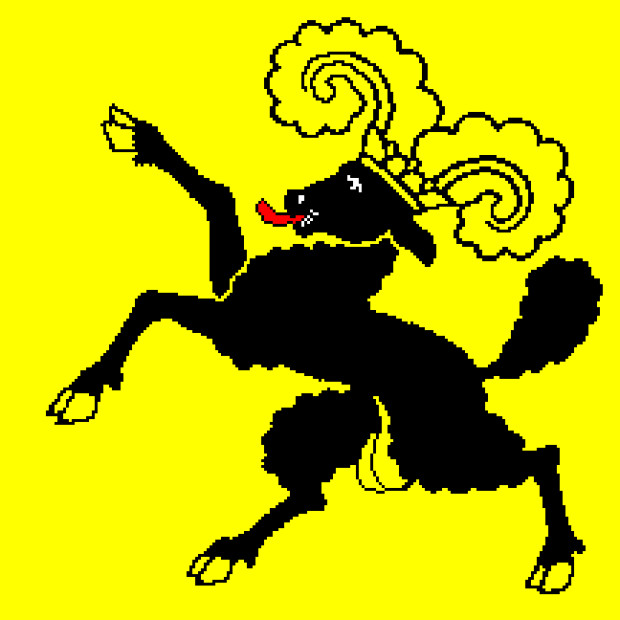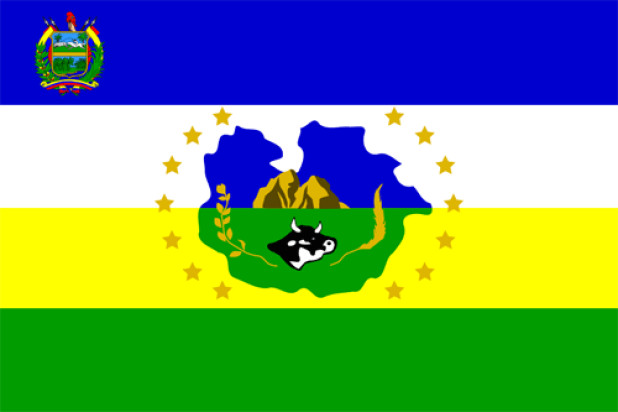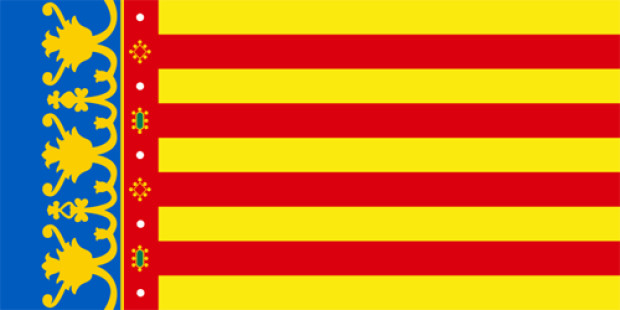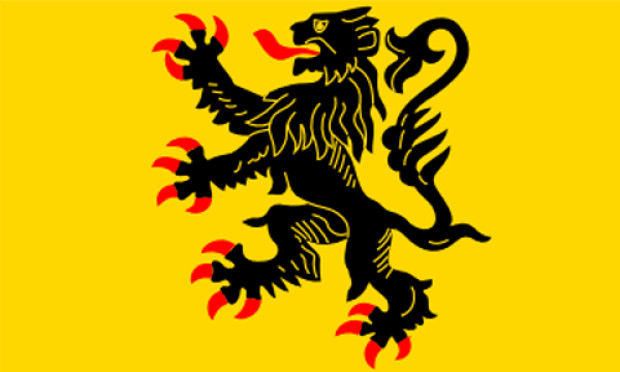Flag of Canada
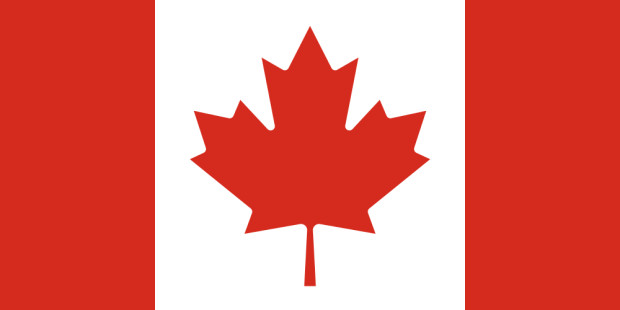
Listen to anthem
Top sellers from our flag shop
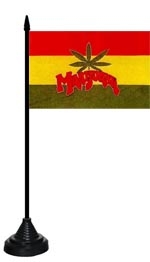
Marihuana Cannabis Tischflagge 10x15 cm
4,99 €
Show in shop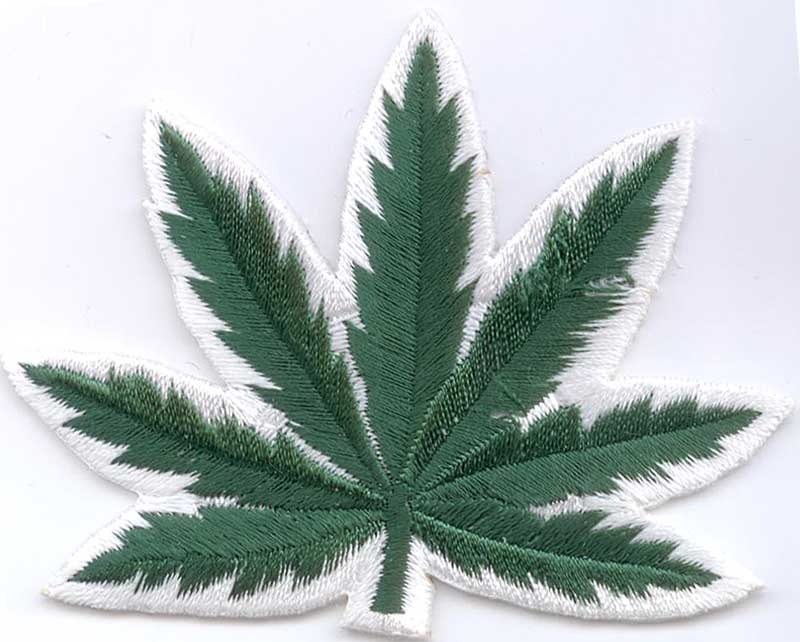
Marihuana Cannabis Aufnäher / Patch
2,90 €
Show in shopBackground knowledge
The national flag of Canada (French: le Drapeau national du Canada), is often referred to simply as the Canadian flag or unofficially as the Maple Leaf or l'Unifolié.
The flag consists of a red field with a white square in the center at a ratio of 1∶2∶1, with a stylized red 11-pointed maple leaf in the center.
It is the first flag to be adopted by both houses of Parliament and officially proclaimed by the Canadian monarch as the country's official national flag. The flag has become the predominant and best known national symbol of Canada .
In 1964, Prime Minister Lester B. Pearson formed a committee to solve the ongoing problem of the lack of an official Canadian flag, which sparked a serious debate about a flag change to replace the Union Flag.
From three choices, George Stanley's maple leaf design was selected, based on the flag of the Royal Military College of Canada.
The flag first officially appeared on February 15, 1965; the date is now celebrated annually as Canada's National Flag Day.
The Canadian Red Ensign has been in unofficial use since the 1860s, and was officially authorized for use by a 1945 council resolution "wherever place or occasion makes it desirable to fly a distinctive Canadian flag."
In addition, the Royal Union Flag remains an official flag in Canada to symbolize Canada's allegiance to the monarch and membership in the Commonwealth of Nations.
There is no law that dictates how the national flag should be treated, but there are conventions and protocols that govern how it should be displayed and its place in the order of precedence among flags, which is its precedence over the flags mentioned above.
Many different flags created for use by Canadian officials, government agencies, and armed forces incorporate the maple leaf motif in some way, either by charging the Canadian flag in cantonment or by incorporating maple leaves into the design. The Canadian flag also appears on the government wordmark .
The flag is horizontally symmetrical and therefore the front and back appear identical.
The width of the Maple Leaf flag is twice the height.
The white field is a Canadian pale (a central band occupying half the width of a vertical triband flag rather than one-third of the width, named for its use in this flag); each adjacent red field is exactly half the size and bears a stylized red maple leaf in the center.
In heraldic terminology, the flag's arms, as outlined in the original Royal Proclamation, are "Gules on a Canadian Pale Argent a Maple Leaf of the First."
Hymn
O Canada (Ô Canada) is the Canadian national fhmyne:
| English:
O Canada! Our home and native land!
True patriot love in all of us command.
With glowing hearts we see thee rise,
The True North strong and free!
From far and wide, O Canada,
We stand on guard for thee.
God keep our land glorious and free!
O Canada, we stand on guard for thee.
O Canada, we stand on guard for thee. | Translation:
O Canada! Our home and native land!
Awaken true patriotism in us all.
Glowing hearts we see thee grow,
the true north, strong and free!
From far and wide, O Canada,
we stand on guard for thee.
God keep our land glorious and free
!O
Canada, we stand on guard for thee.
O Canada
, we stand on guard for thee.
|
| ---------------------------------------------------------------------------------------------------------------------------------------------------------------------------------------------------------------------------------------------------------------------------------------------------------------------------- | ------------------------------------------------------------------------------------------------------------------------------------------------------------------------------------------------------------------------------------------------------------------------------------------------------------------------------------------------------ |
| French:
Ô Canada! Terre de nos aïeux,
Ton front est ceint de fleurons glorieux!
Car ton bras sait porter l'épée,
Il sait porter la croix;
Ton histoire est une épopée
Des plus brillants exploits.
Et ta valeur de foi trempée
Protégera nos foyers et nos droits;
Protégera nos foyers et nos droits. | Translation:
O Canada! Home of our ancestors,
Thy brow is wreathed with glorious blossoms.
For thy arm can wield the sword,
It can also bear the cross.
Thy history is an epic
Of the most extraordinary achievements.
And thy boldness, soaked in faith,
Will protect our home and our right
.Will protect our home and our right. |
| Inuktitut:
ᐆ ᑲᓇᑕ! ᓇᖕᒥᓂ ᓄᓇᕗᑦ!
ᐱᖁᔭᑏ ᓇᓚᑦᑎᐊᖅᐸᕗᑦ.
ᐊᖏᒡᓕᕙᓪᓕᐊᔪᑎ,
ᓴᙱᔪᓗᑎᓪᓗ.
ᓇᖏᖅᐳᒍ, ᐆ ᑲᓇᑕ,
ᒥᐊᓂᕆᑉᓗᑎ.
ᐆ ᑲᓇᑕ! ᓄᓇᑦᓯᐊ!
ᓇᖏᖅᐳᒍ ᒥᐊᓂᕆᑉᓗᑎ,
ᐆ ᑲᓇᑕ, ᓴᓚᒋᔭᐅᖁᓇ! | Uu Kanata! nangmini nunavut!
Piqujatii nalattiaqpavut.
Angiglivalliajuti,
Sanngijulutillu.
Nangiqpugu, Uu Kanata,
Mianiripluti.
Uu Kanata! nunatsia!
Nangiqpugu mianiripluti,
Uu Kanata, salagijauquna!
|
Canadian flag color codes
- HEX
- #D80621
- RGB
- 216, 6, 33
- CMYK
- 0, 97, 85, 15
- RAL
- 3028
- Pantone
- 032
- HEX
- #FFFFFF
- RGB
- 255, 255, 255
- CMYK
- 0, 0, 0, 0
- RAL
- 9010
That's what ChatGPT knows about the flag of Canada
-
The Canadian flag, also known as the Maple Leaf Flag, was introduced in 1965 and is the official symbol of Canada. It symbolizes the cohesion and unity of the country. The flag consists of a white background and a red symbol in the center, which is an 11-pointed maple leaf.
-
The Canadian national flag was introduced in 1965 and since then it has been a symbol of the country's unity and national pride. It consists of a red field with a white cross and a white star in each corner, which date back to the French and British flags. The flag was designed by Canadian artist and designer George Stanley and is a symbol of the country's unity.
-
The national flag of Canada consists of a white cross on a red background. The cross is divided into four squares, each bearing a white unit leaf. In the center of the cross is a red symbol in the form of a large red heart. This symbol represents the unity of the Canadian provinces and territories. On each side of the cross is a smaller white unity leaf. These leaves represent French and British colonization in Canada.
Discover something new
Random flags from our large flag database.
